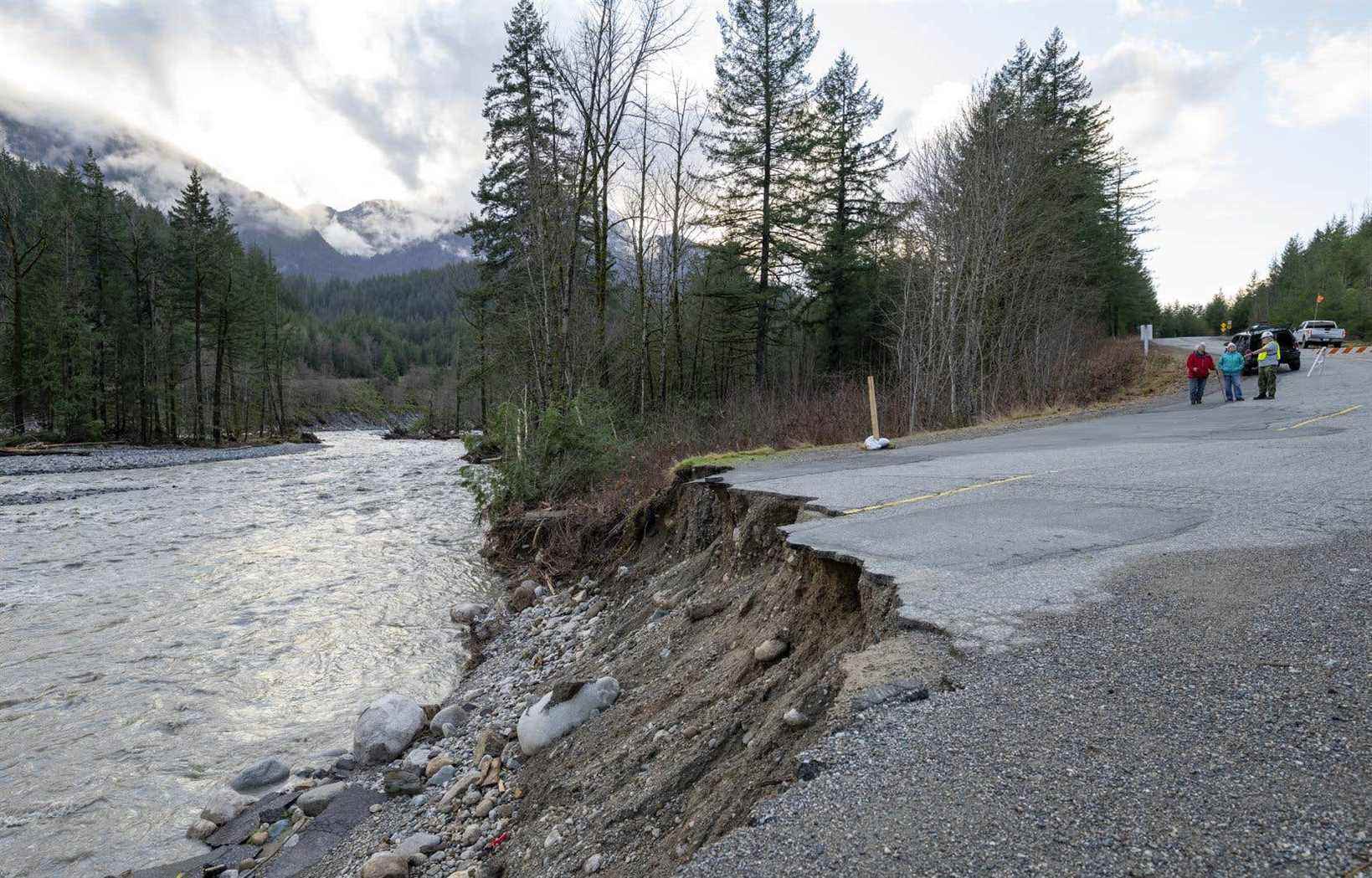After sparking global concerns by suffocating this summer under a historic heat dome, western Canada this week endured another record high rise in mercury to 22.5 ° C.
This temperature was recorded in Penticton, in central British Columbia, which has suffered repeated extreme weather events for several months.
“It’s a record, or it equals a record” dating back to 1982 in Ontario, Armel Castellan, meteorologist at Environment Canada told AFP on Thursday.
Penticton, which has a population of some 33,000, is located a few hundred kilometers from Lytton, a municipality 250 kilometers northeast of Vancouver which recorded the historic record temperature in Canada at 49.6 degrees Celsius at the end of June, and which was 90% destroyed by forest fire.
In Penticton, “the absolute record was 11.2 ° C in 2012, then yesterday the maximum temperature was 22.5 ° C, so it is sure that it is a record”, explained to AFP Gregory Yang, also a meteorologist with Environment Canada.
This region of the interior of British Columbia is also the one that suffered the effects of the “historic” heat dome this summer, which killed more than 500 people, followed by major fires.
“Since September, we’ve had a lot, a lot of heat coming from the subtropics,” explained Armel Castellan.
For about a week, an “atmospheric river” has been sweeping down southwestern British Columbia.
Heavy rains have caused catastrophic flooding since mid-November in the province, events that have been linked to the effects of climate change by authorities.
Recent studies show the direct responsibility of climate change in certain heat waves. Thus, the extraordinary heatwave in the country in June 2021, with temperatures approaching 50 ° C, would have been “almost impossible” without the warming, according to scientists from the World Weather Attribution.
The unusual winter heat spread throughout the northwestern United States, where December heat records were broken or equaled on Wednesday at locations in Washington, Montana, Wyoming and of North Dakota. Temperatures there could be almost 20 degrees Celsius higher than normal.
On Thursday, this warm front shifted towards the center of the country, with for example a heat record for December 2 recorded in Omaha, Nebraska, where it was 20 ° C Thursday afternoon.
Warning system
The American West has been confronted in recent years with increasingly marked weather hazards, in California in particular.
The Californian authorities plan to set up a heat wave warning system next year that would classify each of these episodes according to the number of feared deaths in order to promote preventive measures.
As with hurricanes, each heat wave would be given a name and a danger rating.
Rather to warn that “it will be 40.5 ° C”, the alert would indicate “how many people are going to die”, summarizes in the Washington post Larry Kalkstein, scientific advisor to the Adrienne Arsht-Rockefeller Foundation, who promotes this initiative.
Mr. Kalkstein’s team predicts three categories of heat waves. A phenomenon of index 1 would not present a major risk, with an increase in mortality of between 0% and 10%.
Category 3 would be much more deadly, comparable to the exceptional heatwave that hit the northwestern United States and British Columbia last June.
